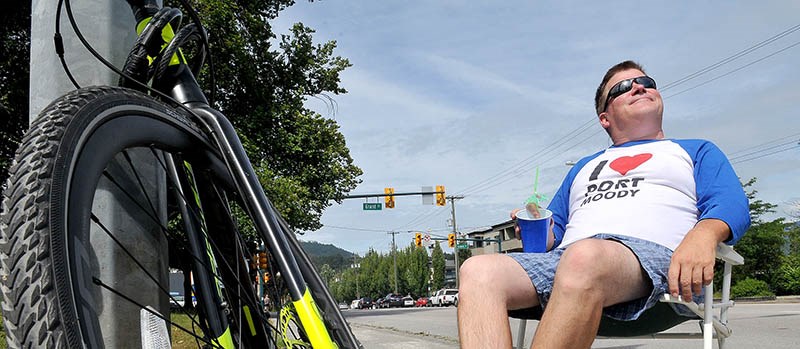The Editor,
Outside North America, car-free days means that: For one day, a town will close a much bigger area to cars than the car-free streets that are open all year long.
On Oct. 1, for instance, from 11 a.m. on, the city of Paris will close the whole town to private cars. Free buses, emergency vehicles, taxis, scooters for handicapped people, etc. will be allowed. By and large, these once-a-year car-free days are meant to be an opportunity to visit neighbourhoods one isn’t familiar with, to be entertained in various ways. Shopping takes place mostly in stores and outdoor food markets.
Starting in the 1960s, downtown shopping streets in more and more towns in Europe were closed to cars (delivery vehicles were allowed before stores opened and emergency vehicles were allowed any time). By the 1970s and ’80s, many towns around the world followed.
In the past 40 plus years, I have seen year-round car-free areas in so many towns in Europe and Japan that I lost count of them. In Shanghai, they have several such areas. Friends of mine have seen these areas in South America, Australia and the Middle East, and Bordeaux, France has a 10 Sundays each year without cars.
Year-long shopping streets closed to cars are now so common that several generations grew with them and most towns don’t even mention them in their brochures.
J-L Brussac, Coquitlam



